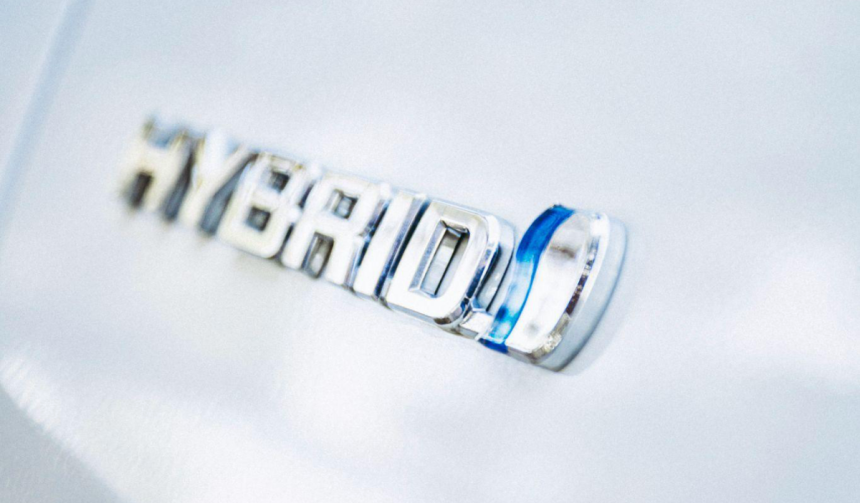Hybrid vehicles have become a prevalent choice for environmentally conscious drivers, offering a unique integration of an electric motor and a combustion engine. The fascinating technology behind these cars not only contributes to fuel efficiency but also reduces carbon emissions. In fact, hybrids are among the most fuel-efficient vehicles. Let’s explore what makes hybrid cars tick, understand how they use regenerative braking, and learn about the different types like parallel, series, and plug-in hybrids.
A hybrid car seamlessly integrates an internal combustion engine and an electric motor, utilizing gasoline as its primary fuel source. Unlike electric vehicles, hybrids do not require external charging; instead, they harness energy through regenerative braking, a process that recovers energy during deceleration.
Regenerative Braking: Unleashing the Power of Motion
Regenerative braking, also known as “regen,” taps into the inherent functionality of electric motors. When you apply the brakes or descend a slope, the electric motor reverses its role, transforming into a generator. This regen process slows down the car while transforming kinetic energy into electrical energy, subsequently stored in a small high-voltage battery. This ingenious system not only enhances fuel efficiency but also prolongs the lifespan of brake components.
Hybrid Varieties: Parallel, Series, and Plug-In
Parallel Hybrids
The most prevalent hybrid type, parallel hybrids, can operate using either the gasoline engine, the electric motor, or a combination of both. These hybrids excel at lower speeds, where electric motors exhibit high torque efficiency. As the speed increases, the gasoline engine takes over, optimizing performance during cruising.
Series Hybrids
Less common but gaining popularity, series hybrids employ a primary drive motor for low-speed electric propulsion. When the battery’s energy depletes, an internal combustion engine engages to power a second generator, ensuring a continuous supply of electricity. While this approach sacrifices some efficiency, advancements in technology are mitigating its impact.
Plug-In Hybrids
An evolution of traditional hybrids, plug-in hybrids boast enlarged batteries, enabling electric-only operation for a certain distance. These hybrids offer the flexibility of electric commuting during the week and the convenience of a gasoline engine for longer trips. However, the larger battery size comes with potential downsides, such as higher costs and reduced cargo space.
The Benefits of Hybrid Technology
Hybrid cars offer notable advantages. The main perk comes from capturing and reusing energy when you brake, which boosts fuel efficiency and lessens wear on brakes. Moreover, those geared towards sporty performance use regenerative energy to amp up their power and speed.
From an environmental standpoint, hybrids contribute to lower carbon footprint. Moreover, hybrids offer a practical alternative for individuals living in apartments or those requiring a single, versatile vehicle without the constraints of electric charging infrastructure.
Another benefit of hybrid cars lies in their dual power sources – regenerative batteries and a fuel engine. This results in both components being used proportionally less, potentially extending their lifespan. As a rough estimate, with proper maintenance, hybrid owners can anticipate their cars lasting anywhere between 10 to 20 years. For further insights into car durability and sale condition, explore the article about KBB value.
Exploring Other Hybrid Types
Mild Hybrids
Featuring modest 48-volt batteries, mild hybrids focus on enhancing start-stop systems through regenerative braking. While they don’t provide significant propulsion on electric power alone, they offer seamless engine starting and improved fuel efficiency.
Fuel-Cell Hybrids
Running exclusively on electricity generated from hydrogen fuel cells, these hybrids offer a silent and efficient driving experience. Although limited by hydrogen station availability, they present a compelling alternative for those seeking an eco-friendly option.
In summary, hybrid cars are a compelling choice for environmentally conscious drivers, seamlessly integrating an internal combustion engine and an electric motor. With a focus on regenerative braking and diverse types like parallel, series, and plug-in hybrids, these vehicles lead the way in fuel efficiency and reduced carbon emissions. Beyond their environmental benefits, hybrids offer dual power sources, potentially extending the lifespan of both components.
The versatility of hybrid technology extends to variations like mild hybrids and fuel-cell hybrids, catering to diverse preferences. As we embrace these advancements, hybrid cars emerge as a pivotal force in shaping a greener and more sustainable automotive future.
Lynn Martelli is an editor at Readability. She received her MFA in Creative Writing from Antioch University and has worked as an editor for over 10 years. Lynn has edited a wide variety of books, including fiction, non-fiction, memoirs, and more. In her free time, Lynn enjoys reading, writing, and spending time with her family and friends.















